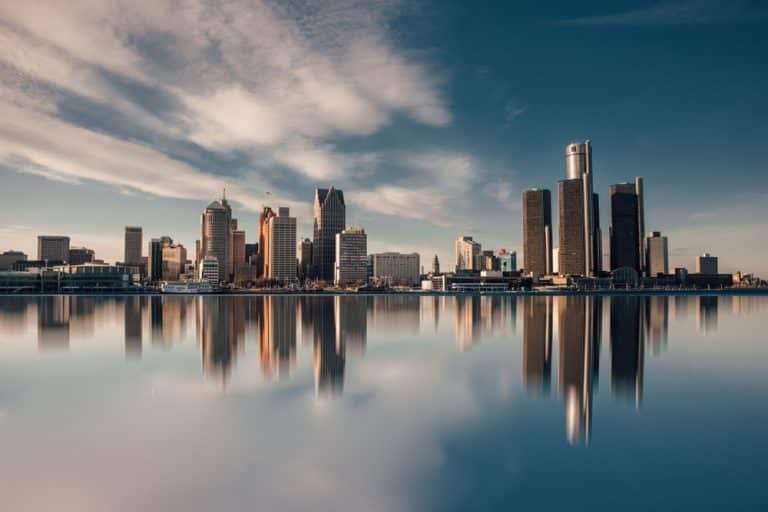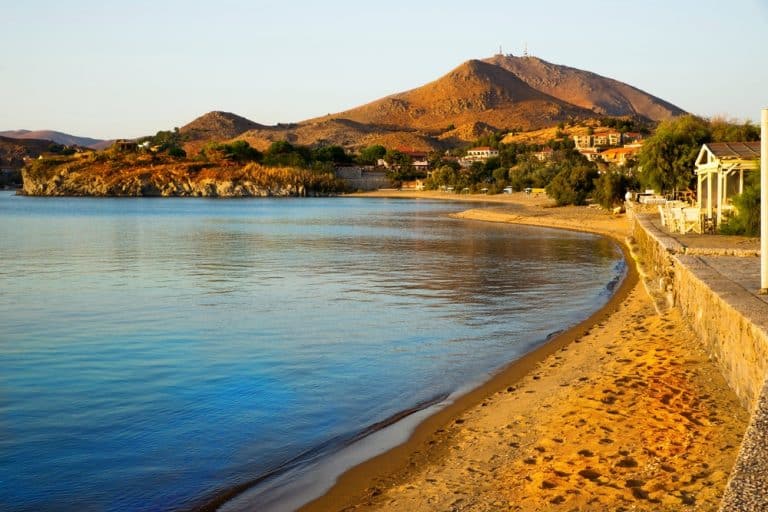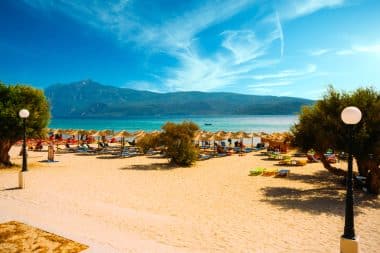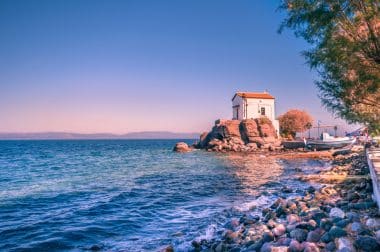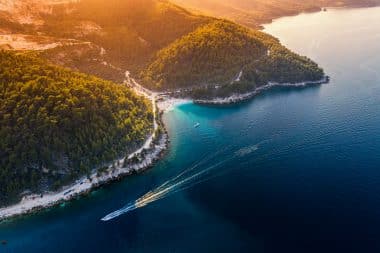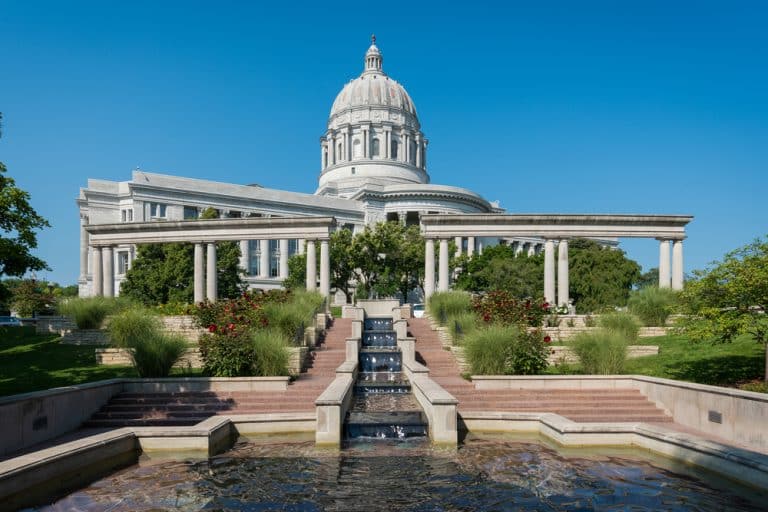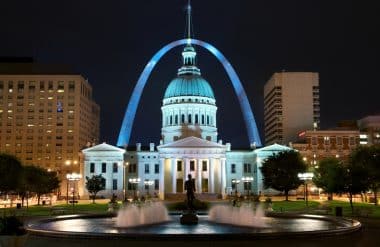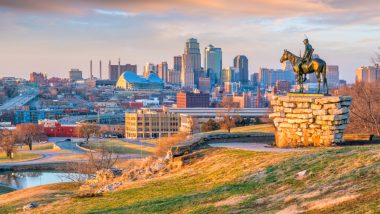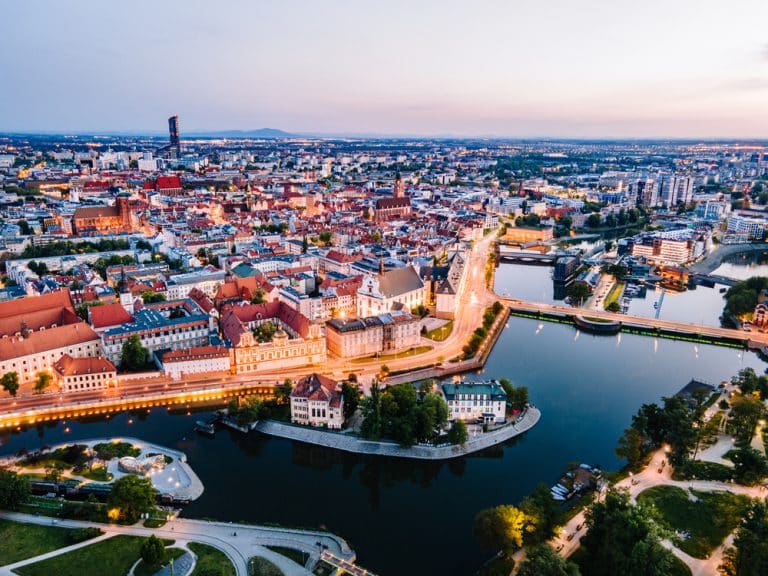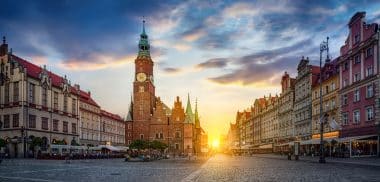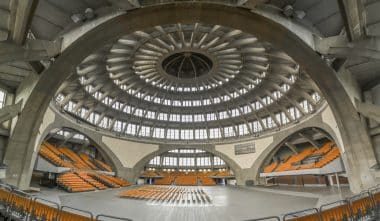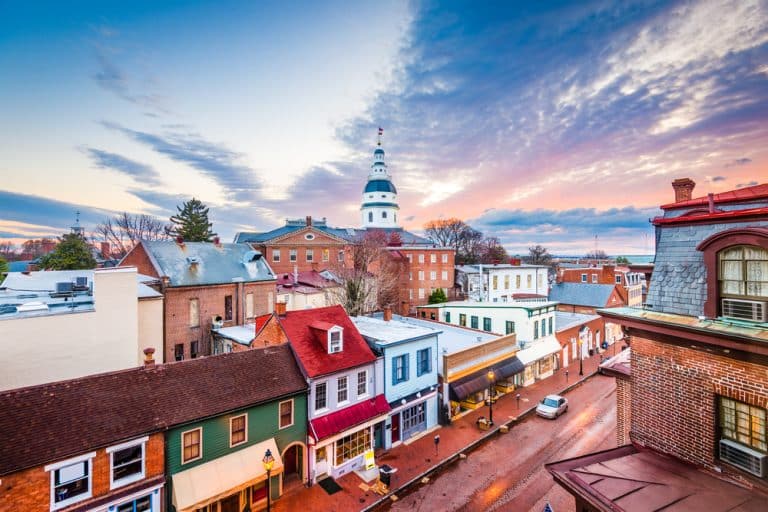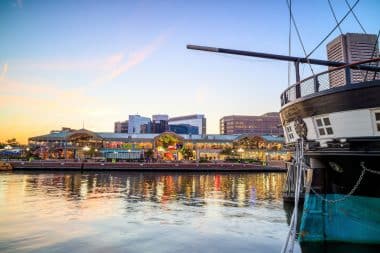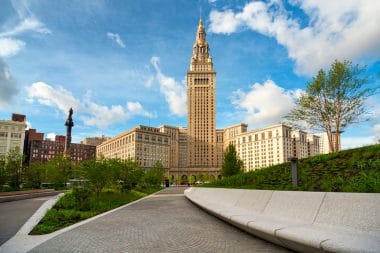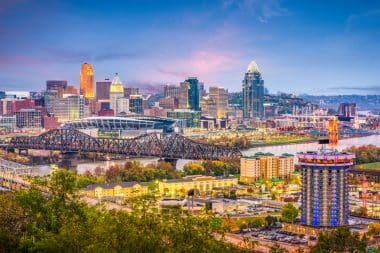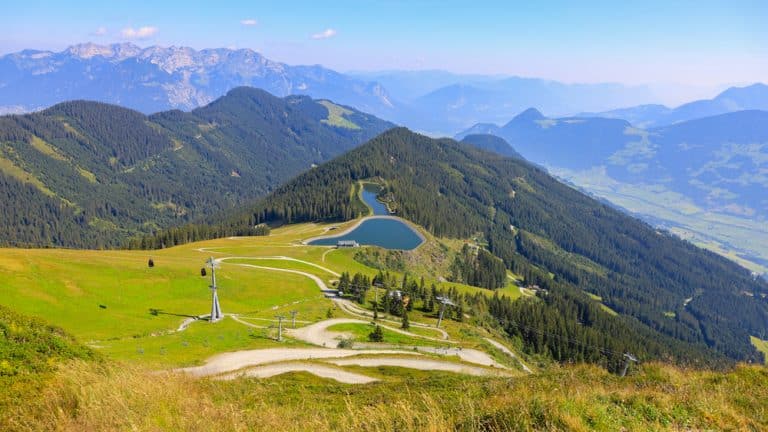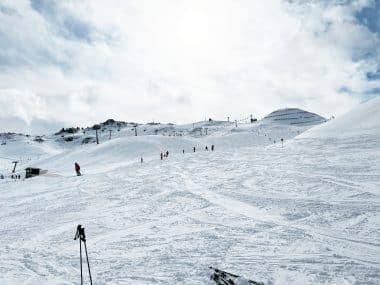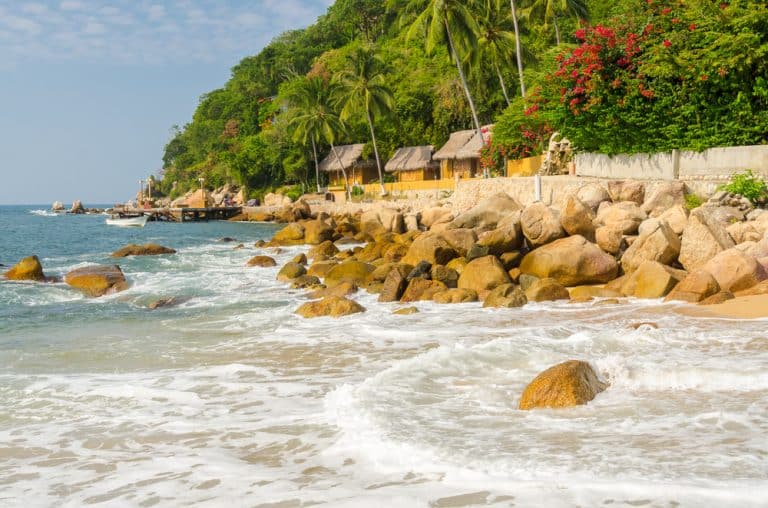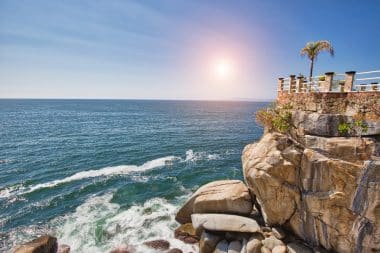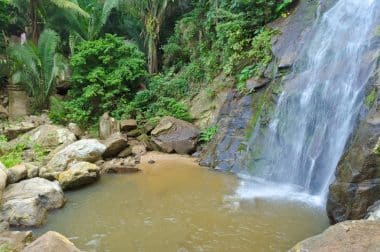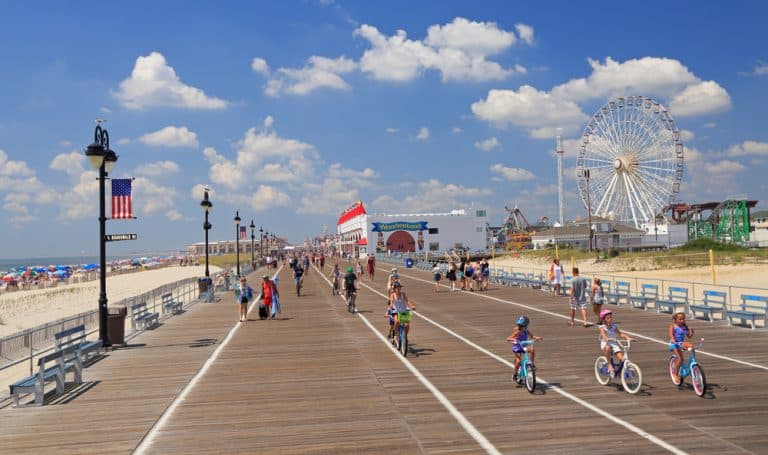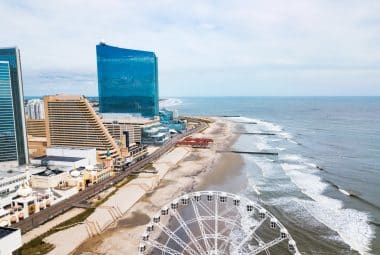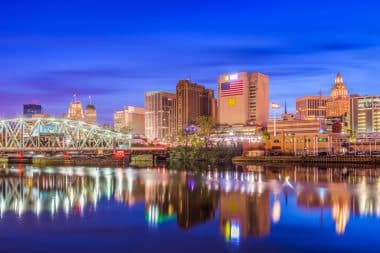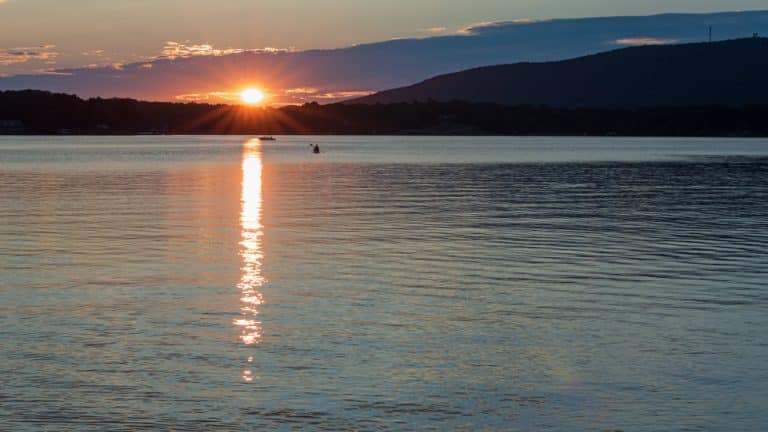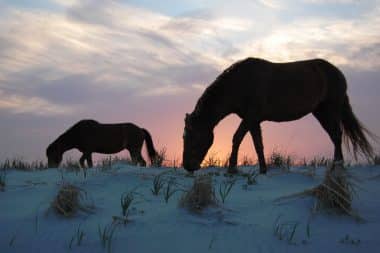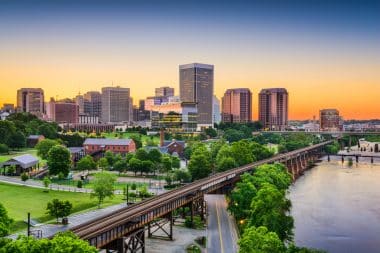Michigan is the state of the Great Lakes, America’s industrial revolution, and home to the car city of Detroit. Surrounded by the Great Lakes, the state not only has an impressive history behind it, but is also popular with vacationers who want to discover the diversity of American nature due to its border with Canada and some of the most beautiful state parks. With Detroit, on the other hand, you have an excellent contrast to the tranquility on the lakes and can effortlessly immerse yourself in the vibrant life of a big city. So there are many good reasons why you should consider a visit to the state.
From a commercial center to America’s car manufacturer
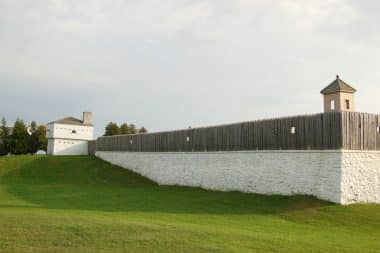
Michigan was one of the first states to be explored by settlers on the journey west. Passing the Great Lakes, one met here in large numbers the tribes of the Native Americans, who, however, as is well known, were largely expelled. For many years, the settlers thought that the Great Lakes were a sea and only gradually did they understand that it was actually a natural border to the Canadian states in the north. It is precisely these lakes, such as Lake Michigan, that provide a large proportion of visitors to the state today. The many options for excursions and easy transit to Canada are delightful and offer many interesting options.
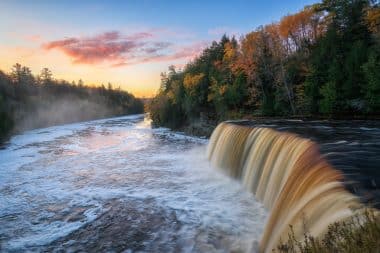
Fort Mackinac is a historical testimony to the development of the state. It changed hands several times over the decades, but at all times it was an important trade hub for trade between the colonial states and later an important waypoint on the way west. The fort was listed as a historic monument in the 1960s and can now be visited by tourists. Here you will not only find some interesting souvenirs, but also a lot of information about the trade and dealings with the indigenous people, who once lived in large numbers in the Great Lakes region.
Between dunes and America’s largest lakes
Michigan’s landscape is extremely diverse, even if you usually only hear about the big lakes. Of course, these play the biggest role. Lake Michigan offers many interesting options, and the expansion of the hiking trails along its shores, the many bike paths throughout the state, and the other options for excursions on the water are good reasons to consider a trip to the lake. A visit to one of the many state parks is particularly recommended. In the nature reserves, people are fighting for the preservation of nature and those who go hiking in Holland State Park, for example, will be able to discover some of the most beautiful shores of the Great Lakes.
However, since the Great Lakes are among the most important sights in various states, it is also worth taking a look at what is unique in Michigan. For example, the Sleeping Bear Dunes National Lakeshore offers a great change, especially for hikers. It goes up a few meters in altitude over the dunes and if you are not a professional at hiking, you should perhaps go to the training beforehand. After a successful climb, you will be rewarded with one of the most beautiful views over the great lakes and the landscapes of Michigan.
A visit to Mackinac Island should definitely be part of your own planning. Since it is a car-free island, you can rent bicycles here and use one of the many hiking and exploration trails to get an overview of the island. The fact that access to the island is allowed by one of the largest suspension bridges in the world, among other things, is another reason for visiting the north of the state. If you’ve had enough of nature now and would rather experience a little dynamism, you should look south – maybe you’ve already seen the skyline of Detroit from a distance.
Detroit – the capital of the American car
The close connection between Detroit and the American car industry is mainly due to the fact that General Motors has chosen the city for itself. Once the most important manufacturer of cars and trucks in the United States, it can still be seen on every corner today. But it is also true that Detroit has experienced a significant economic slump in recent decades. It is not for nothing that there are stories about the state of drinking water and entire districts in the suburbs that are no longer inhabited today.
However, there is still a lot to experience, especially in the core of the city. Historic skyscrapers such as the Guardian Building or the Fisher Building dominate the skyline and give a good impression of how powerful and important the city must have once been. Today, downtown is home to many shopping opportunities and some of the best restaurants in the state. Those who are also into American sports will find many opportunities – from Michigan Stadium to the various professional teams of the city of Detroit, there is a lot on offer for visitors in this direction.


